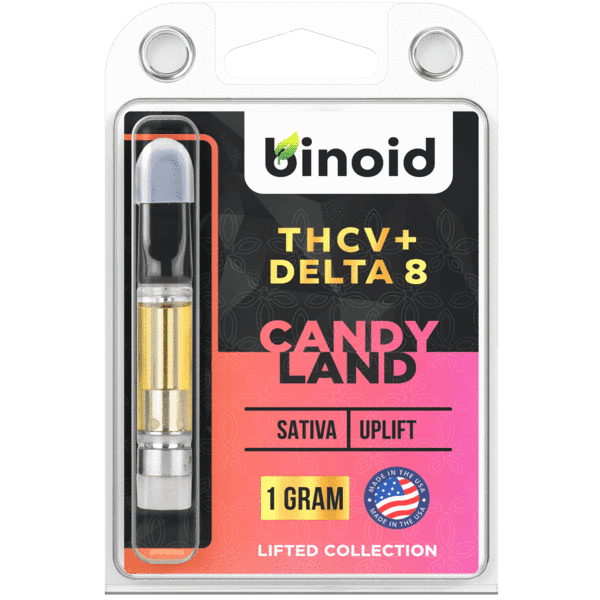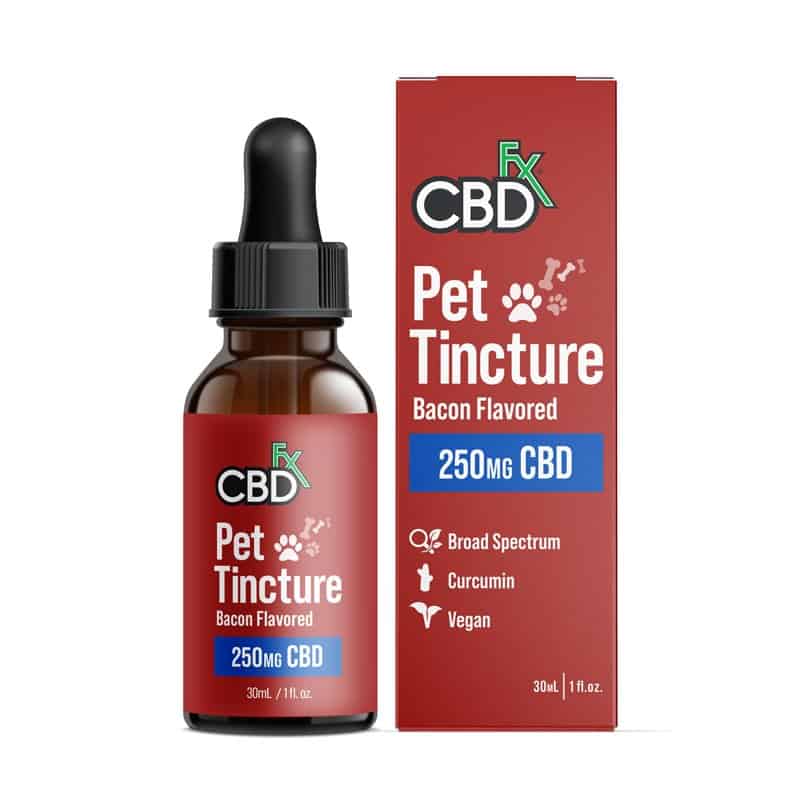
HHC vs THC-O: A Comparative Analysis
The world of cannabinoids has expanded beyond the well-known delta-9 THC and CBD. Among the emerging compounds, HHC (hexahydrocannabinol) and THC-O (Tetrahydrocannabinol-O-acetate) have been gaining attention. Understanding the differences between these cannabinoids is crucial, considering their potential effects on consumers and their possible medical applications.
This post is intended as information and for general knowledge only. It is not a substitute for medical advice, diagnosis, or treatment. It is recommended that you talk to a healthcare professional about this before introducing cannabinoids into your daily routine (especially if you have been diagnosed with any medical conditions or are under any medication). It is not recommended to drive or operate any machinery when using cannabis- or hemp-derived products. Use responsibly!
What are HHC and THC-O
HHC (Hexahydrocannabinol)
HHC, also known as “Super HHC,” is a synthetic cannabinoid with a chemical structure closely related to traditional delta-9 THC. It can be derived from the hemp plant or produced synthetically. Although it shares similarities with delta-9 THC, its properties and effects may differ significantly.
THC-O (Tetrahydrocannabinol-O-acetate)
THC-O, an abbreviation for THC-O-acetate, is another synthetic cannabinoid. It is a modified form of delta-9 THC, created by chemically altering the THC molecule using acetic anhydride. This process converts delta-9 THC into THC-O, resulting in a unique compound that may offer distinct effects compared to regular THC and HHC.
Legal Status and Accessibility
The legal status of HHC and THC-O varies from one jurisdiction to another. As relatively new compounds, they may fall under different regulatory frameworks. Some countries or states may classify them as controlled substances, while others might permit their use under certain conditions.
Accessibility and Availability
HHC and THC-O products are gradually becoming more available through retail outlets and online vendors. However, their accessibility could be limited due to regulatory concerns. Some consumers might encounter challenges in obtaining these cannabinoids, depending on their geographical location.
Regulatory Concerns
The lack of clear regulations for HHC and THC-O products raises concerns regarding quality control, product labeling, and consumer safety. To ensure responsible use, it is essential to establish robust guidelines and safety standards for their production and distribution.
Potential Medical Applications
HHC’s Reported Medical Benefits
HHC has been associated with potential therapeutic effects for various health conditions or symptoms. Research on HHC’s medical applications is ongoing, and it may hold promise as a hemp-derived cannabinoid with unique properties.
THC-O’s Medical Potential
THC-O’s medical potential is still being explored, but it may share similarities with delta-9 THC in terms of interacting with the endocannabinoid system. Understanding its pharmacological properties is crucial for identifying potential medical uses.
Interaction with the Endocannabinoid System
Both HHC and THC-O interact with the endocannabinoid system, primarily by binding to CB1 receptors in the brain and central nervous system. Their specific interactions and mechanisms of action may differ from traditional THC, leading to distinct effects.
Psychoactive Properties and Side Effects
Psychoactive Effects
As a synthetic cannabinoid, HHC may produce psychoactive effects similar to regular THC. However, the potency and duration of these effects may differ, potentially leading to a unique user experience. THC-O is known for its potent psychoactive effects, which some users describe as more intense than those of regular THC. Its modified chemical structure could result in a unique and prolonged intoxicating effect.
Potential Side Effects and Safety Considerations
HHC consumption may lead to short-term side effects, akin to those associated with conventional THC. Long-term health risks, if any, are still under investigation. THC-O’s safety profile is also a topic of ongoing research, as its chemical modifications might pose additional risks.
User Experience and Recreational Use
User Experiences with HHC
Consumers’ testimonials suggest that HHC can offer a recreational experience akin to that of traditional THC. However, factors such as dosage and consumption methods may influence the intensity of the effects.
THC-O’s unique properties may make it appealing to recreational users seeking novel and potent cannabinoid experiences. Its onset of effects and overall satisfaction compared to traditional THC warrant further exploration.
Considerations for Responsible Use
As with any cannabinoid, responsible use of HHC and THC-O is crucial. Understanding their potency and potential risks can help users make informed decisions and minimize harm.
Research and Studies
Scientific Studies on HHC
Scientific research on HHC is progressing, with studies exploring its pharmacology, medical potential, and safety profile. Continued investigation is necessary to understand its full range of effects.
Research on THC-O
THC-O’s emergence has sparked interest among researchers, leading to investigations into its various properties. Further research is needed to ascertain its safety and potential medical applications fully.
Reliability and Limitations of Studies
As these cannabinoids are relatively new, some studies may have limitations in terms of sample size or study design. Researchers must address these challenges to establish a solid foundation of knowledge.
Potential Risks and Concerns
Health Risks of HHC
HHC’s potential health risks are likely to mirror those of conventional THC. Short-term side effects and any long-term effects require careful examination to ensure consumer safety.
Legal and Ethical Concerns of THC-O
The emergence of THC-O raises questions regarding its legal status and ethical implications. Ensuring transparent labeling and responsible marketing is essential to protect consumers.
Future Perspectives and Research Directions
The future of HHC and THC-O holds promise in both the cannabis industry and the medical field. Continued research will shed light on their potential benefits and impact on human health.
Conclusion
In conclusion, the comparison between HHC and THC-O reveals fascinating insights into these novel cannabinoids. Understanding their chemical structures, effects, and potential medical applications is vital for consumers, researchers, and policymakers alike. As with any cannabis product, responsible use, clear regulations, and continued research are crucial to harness the benefits and mitigate the risks of these emerging compounds.
Also interesting:
How to Use a Weed Cart: A Beginners Guide to Vaping Cannabis
















